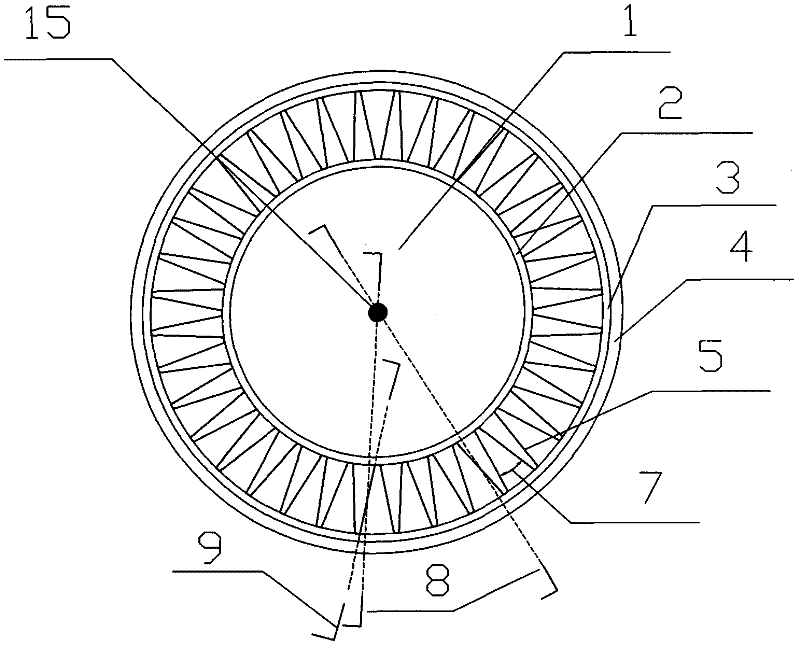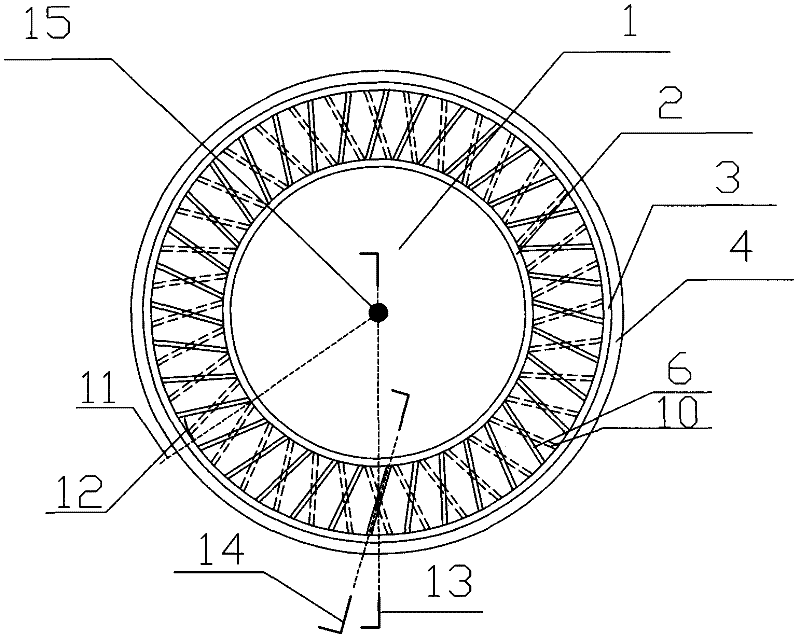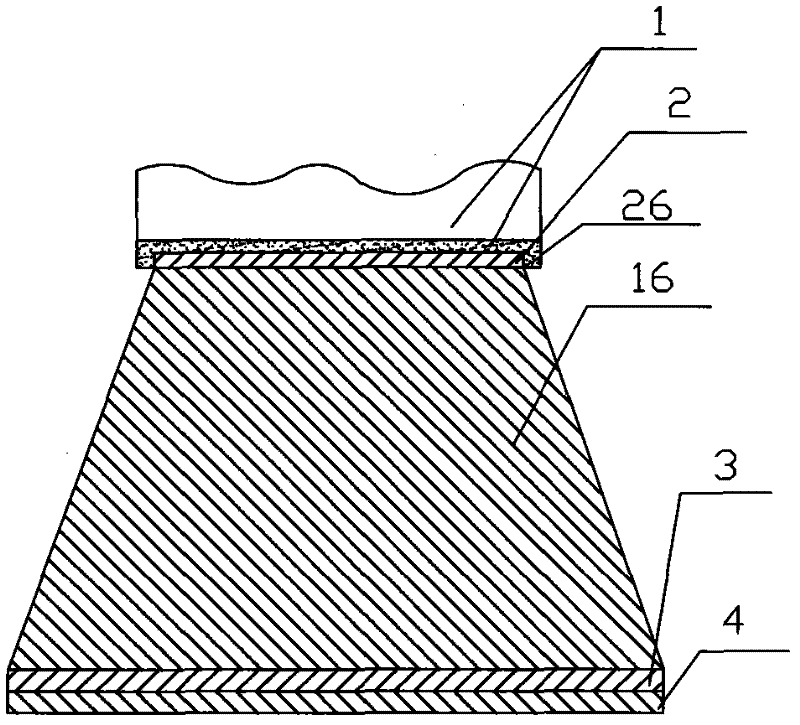Open-structure tire free of tire burst
A puncture and tire technology, applied in special tires, tire parts, transportation and packaging, etc., can solve problems such as poor dynamic mechanical properties, high manufacturing costs, and inability to use high-speed automobile tires, and achieves increased vehicle stability and reliability. The effect of grip, enhanced handling and safety, excellent cooling properties
- Summary
- Abstract
- Description
- Claims
- Application Information
AI Technical Summary
Problems solved by technology
Method used
Image
Examples
Embodiment 1
[0102] Step 1: Synthesis of support system prepolymer
[0103] Weigh 160 parts by weight of polycaprolactone diol with an average molecular weight of 2000, put it into a reaction kettle, heat to 110-130°C, evacuate until the residual pressure is 0.67Kpa, remove moisture for 2 hours, and cool down to 60-70°C , put in 50.73 parts by weight of diphenylmethane diisocyanate, gradually heat up to 80° C., and react for 2 hours. The measured isocyanate content is 4.9%, and the polyurethane prepolymer for support is obtained.
[0104] Step 2: Synthesis of tread system polyurethane prepolymer
[0105] Weigh 100 parts by weight of polycaprolactone diol with an average molecular weight of 2000, and 40 parts by weight of polytetrahydrofuran with a molecular weight of 1000, put them into a reaction kettle, heat to 110-130 ° C, vacuumize until the residual pressure is 0.67Kpa, remove Moisture for 2 hours, cool down to 60-70°C, add 54.30 parts by weight of diphenylmethane diisocyanate, gradu...
Embodiment 2
[0110] Step 1: Synthesis of support system prepolymer
[0111]Weigh 80 parts by weight of polycaprolactone diol with an average molecular weight of 2000, put polybutylene adipate diol with a molecular weight of 2000 into the reaction kettle, heat to 110-130°C, and vacuum until the residual pressure is 0.67 Kpa, remove moisture for 2 hours, cool down to 60-70°C, add 50.73 parts by weight of diphenylmethane diisocyanate, gradually heat up to 80°C, react for 2 hours, and measure the content of isocyanate groups to be 4.9%, which is to obtain polyurethane for support prepolymer.
[0112] Step 2: Synthesis of tread system polyurethane prepolymer
[0113] Weigh 100 parts by weight of polybutylene adipate diol with an average molecular weight of 2000, and 40 parts by weight of polytetrahydrofuran with a molecular weight of 1000, put them into a reaction kettle, heat to 110-130 °C, and evacuate until the residual pressure is 0.67 Kpa, remove moisture for 2 hours, cool down to 60-70°...
Embodiment 3
[0118] Step 1: Synthesis of support system prepolymer
[0119] Weigh 80 parts by weight of polycaprolactone diol with an average molecular weight of 2000, and put 80 parts by weight of polybutylene adipate diol with a molecular weight of 2000 into a reaction kettle, heat to 110-130 ° C, and evacuate to more than The pressure is 0.67Kpa, the water is removed for 2 hours, the temperature is lowered to 60-70°C, 52.70 parts by weight of diphenylmethane diisocyanate is added, the temperature is gradually raised to 80°C, and the reaction is carried out for 2 hours. The measured isocyanate content is 5.1%, which is obtained Polyurethane prepolymer for support.
[0120] Step 2: Synthesis of tread system polyurethane prepolymer
[0121] Weigh 100 parts by weight of polybutylene adipate diol with an average molecular weight of 2000, and 40 parts by weight of polytetrahydrofuran with a molecular weight of 1000, put them into a reaction kettle, heat to 110-130 °C, and evacuate until the ...
PUM
 Login to View More
Login to View More Abstract
Description
Claims
Application Information
 Login to View More
Login to View More - R&D
- Intellectual Property
- Life Sciences
- Materials
- Tech Scout
- Unparalleled Data Quality
- Higher Quality Content
- 60% Fewer Hallucinations
Browse by: Latest US Patents, China's latest patents, Technical Efficacy Thesaurus, Application Domain, Technology Topic, Popular Technical Reports.
© 2025 PatSnap. All rights reserved.Legal|Privacy policy|Modern Slavery Act Transparency Statement|Sitemap|About US| Contact US: help@patsnap.com



